Salmon, a flavorful fatty fish full of healthy fatty acids, has been loved by home cooks for its heart health benefits and versatility in the kitchen. In this article, we'll provide you with the knowledge to identify telltale signs when salmon is bad. From slimy textures to peculiar odors, we've got you covered with these 9 signs to look for that will help you confidently determine if your salmon is past its prime.
This was inspired by a fan-favorite recipe for a Grilled Cedar Planked Salmon on this site and it pairs well with this delicious side dish.
Jump to:
Salmon can be found in every grocery store, but one of the most important things to note is that fresh salmon can quickly turn into bad salmon if not properly stored or consumed within the right time frame. To avoid foodborne illnesses and ensure safe salmon consumption, you must know the signs of spoilage and the proper methods of handling this type of fish.
Following is a list of 9 signs to look for to know if salmon is bad.
1. Check the Expiration Date
The first thing you should look at when purchasing or about to cook salmon is the expiration date or the sell-by date labeled on the packaging. While the sell-by date isn't a surefire sign of spoilage, gives an estimate of the best quality shelf life of salmon. To err on the safe side, always consume your salmon fillet or whole salmon before the use-by date.
2. Examine the Color
The color of the salmon is a great way to tell its freshness. Fresh raw salmon usually has a vibrant orange color or a deep pink color, depending on the type of salmon (wild salmon often has a deeper hue than farmed ones). Dark spots, color changes, or a dull, faded color may be signs of spoilage.

3. Assess the Smell
Good salmon has a mild scent - fresh and reminiscent of the ocean. A strong fishy smell or an ammonia-like smell is a dead giveaway that the salmon is bad. This fishy odor is caused by bacterial growth and the breakdown of fatty acids, indicating food spoilage.
4. Look at the Texture
Fresh fish, including salmon, should have firm flesh and a smooth texture. If the salmon's texture becomes slimy, it may be due to bacterial growth. Sticky residues or milky-white residue on the surface are also signs of bad fish.
5. Check for Signs of Mold and Milky Residues
Filmy residues or visible signs of mold are clear indicators that your salmon is bad. It's not a good idea to consume fish with mold, no matter how small, as it can lead to food poisoning.
6. Eye Examination
If you're purchasing a whole fish, one of the easiest ways to ascertain its freshness is by looking at the eyes. Clear eyes and bright eyes are indicative of fresh fish, while cloudy or dull eyes suggest the fish has been out for a long time.
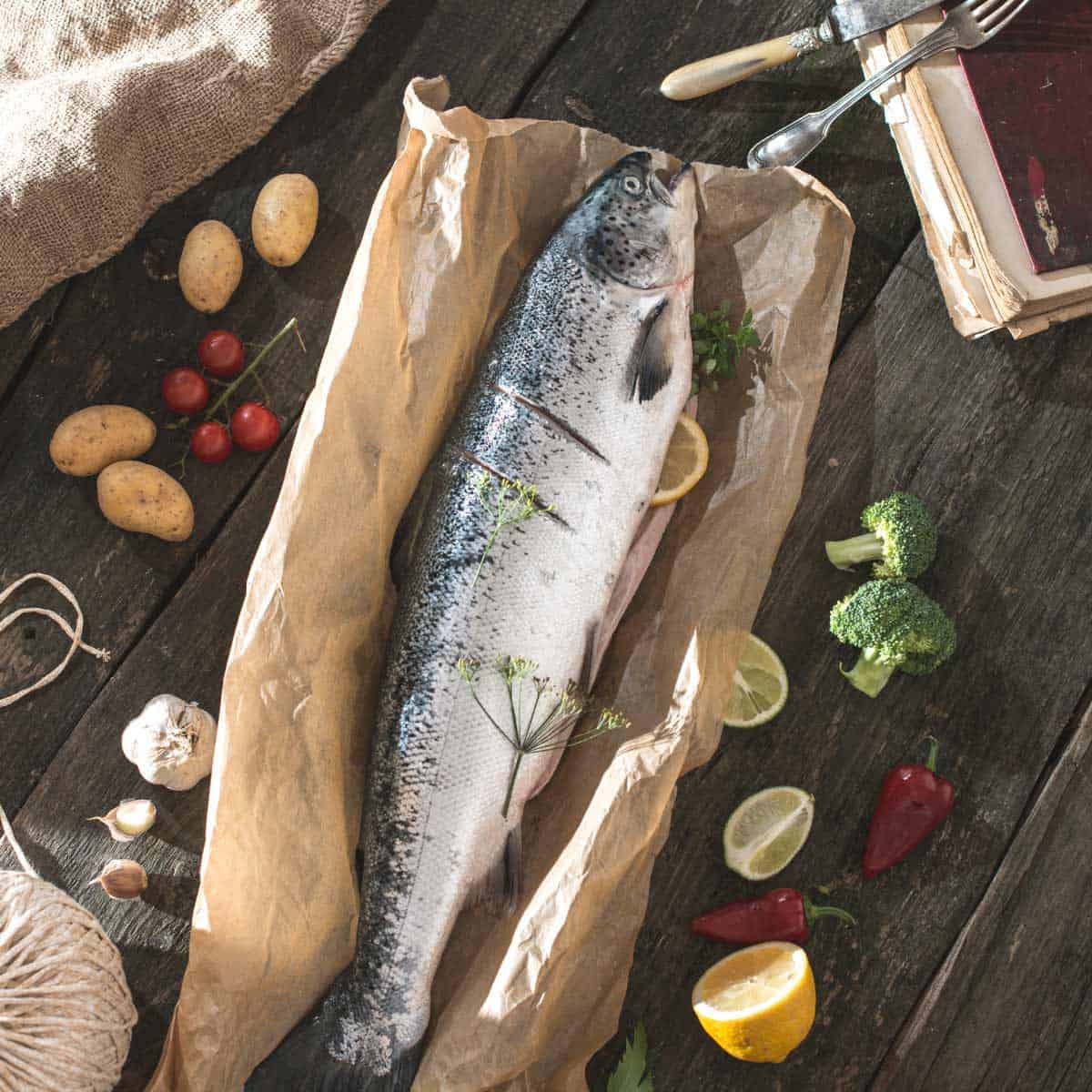
7. Touch the Fish
Touching the fish is another way to ascertain its freshness. Fresh salmon should be somewhat springy to the touch. If it leaves an imprint or feels mushy, it's likely past its prime.
8. Proper Storage
Improper storage often contributes to the fast spoilage of salmon. Never leave salmon at room temperature for more than two hours as this can accelerate bacteria growth and lead to food spoilage. Fresh salmon should be stored in an airtight container or resealable plastic bag in the refrigerator for 1-2 days, while cooked salmon can last for 3-4 days. If you're not planning to use the salmon immediately, store the salmon in the freezer wrapped in aluminum foil or plastic wrap, and ideally in a freezer-safe bag. This is the best way to extend the shelf life of salmon without sacrificing its quality. Remember, frozen salmon can also go bad, so always look for signs of freezer burn.
9. Cooking Salmon Correctly
Cooking salmon at the right internal temperature (USDA guidelines recommend 145° F - 63° C) can prevent scombroid or ciguatera poisoning that could result from consuming spoiled or poorly cooked fish. It's essential to remember that cooking spoiled fish will not kill all the bacteria or toxins, so always ensure you're cooking high-quality salmon.
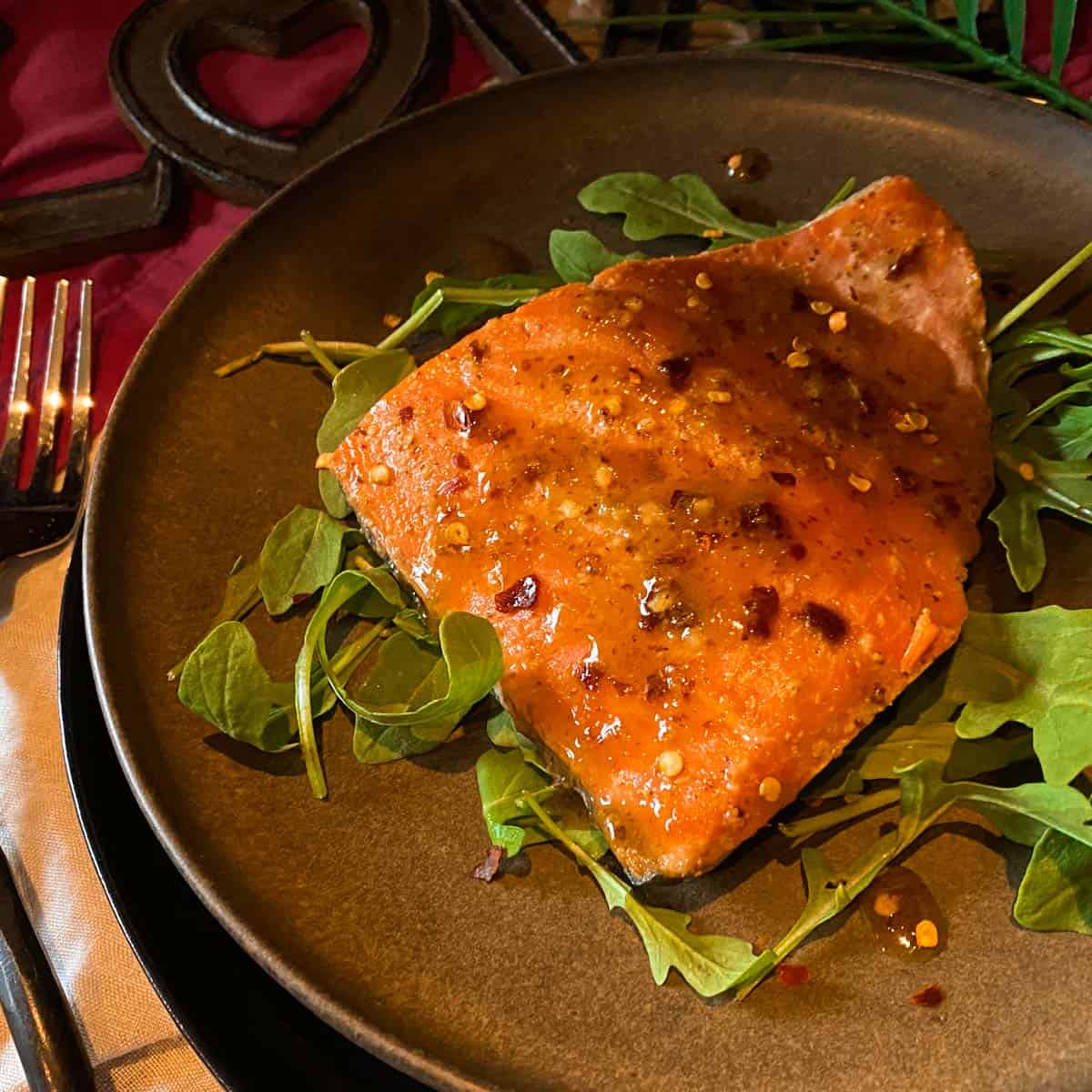
All in all, food spoilage should never be taken lightly, especially when it comes to raw fish. The signs mentioned above can save you from serious foodborne illnesses. The freshness and quality of your salmon not only impact the health benefits but also enhance your cooking process, making the dish more enjoyable. Whether you're cooking salmon fillet, whole salmon, or even smaller pieces, it's always better to ensure your fish's freshness for a safe and delightful culinary experience.
Seafood Recipes
These are fan favorites! Hope you give them a try!
Other FAQs
If you have any food-related how-to questions you want answered, send us an email!
How-To Instructions

Instructions
Check the Expiration Date:
- Gives an estimate of the best quality shelf life of salmon. To err on the safe side, always ensure to consume your salmon fillet or whole salmon before the use-by date.
Examine the Color:
- Fresh raw salmon usually has a vibrant orange color or a deep pink color, depending on the type of salmon (wild salmon often has a deeper hue than farmed ones).
Assess the Smell:
- Good salmon has a mild scent - fresh and reminiscent of the ocean.
Look at the Texture
- Fresh fish, including salmon, should have firm flesh and a smooth texture.
Check for Signs of Mold or Milky Residues
- Filmy residues or visible signs of mold are clear indicators that your salmon is bad.
Eye Examination
- Clear eyes and bright eyes are indicative of fresh fish.
Touch the Fish
- Fresh salmon should be somewhat springy to the touch.
Proper Storage
- Fresh salmon should be stored in an airtight container or resealable plastic bag in the refrigerator for 1-2 days, while cooked salmon can last for 3-4 days.
Cooking Salmon Correctly
- Cooking salmon at the right internal temperature (USDA guidelines recommend 145° F - 63° C) can prevent scombroid or ciguatera poisoning that could result from consuming spoiled or poorly cooked fish.






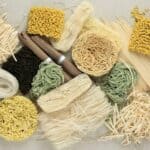



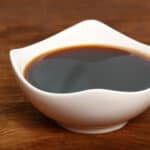



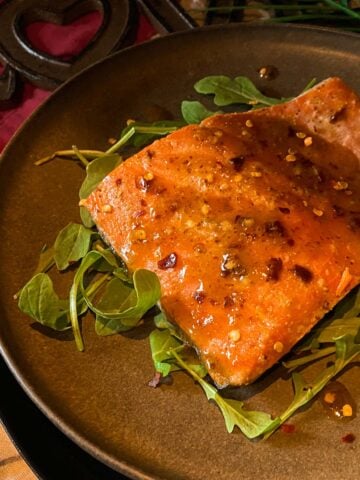

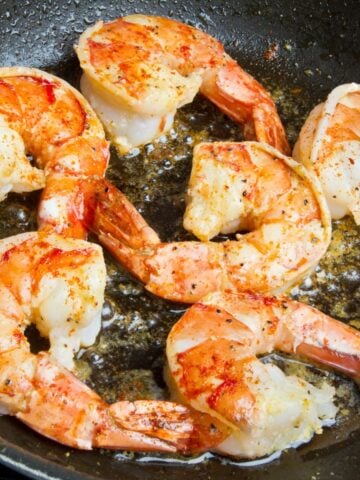
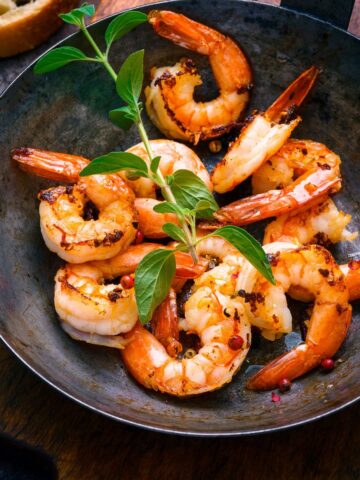
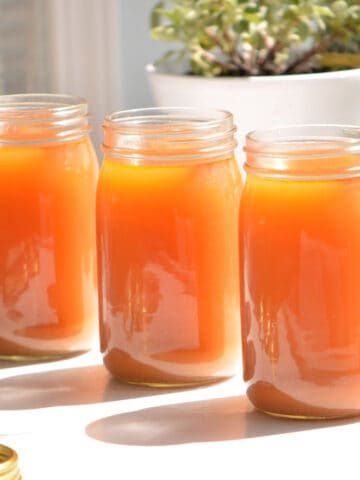



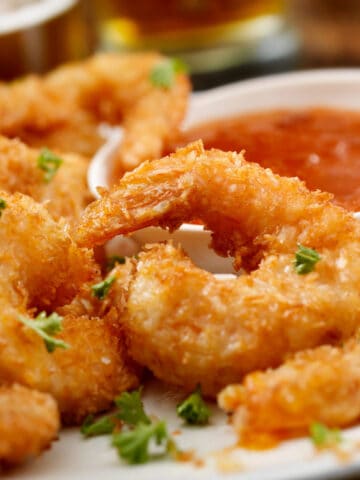
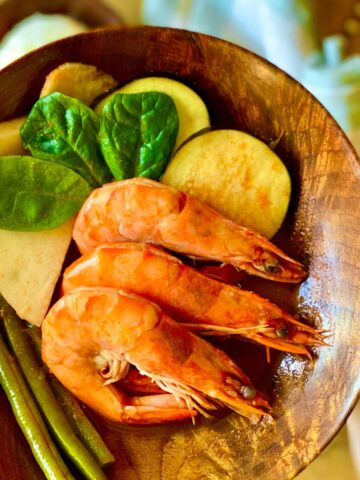

Comments
No Comments